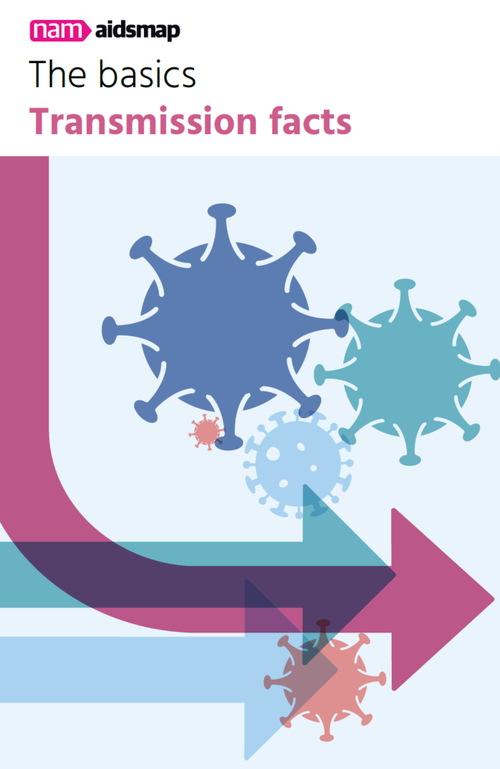HIV is found in body fluids. It has been found to be present in infectious quantities in genital fluids (vaginal fluids, semen and moisture in the rectum), blood and breast milk.
The main ways in which HIV is passed on are:
- through unprotected anal, vaginal and oral sex,
- by sharing injecting equipment, and
- from a mother to her baby during pregnancy, birth or breastfeeding.
Effective HIV treatment stops the sexual transmission of HIV. People living with HIV who take HIV treatment and have what’s known as an undetectable viral load do not pass on HIV to their sexual partners, even when other prevention methods aren’t used.
Condoms also provide excellent protection against HIV transmission during sex. Or you can use PrEP, which is medication taken regularly to prevent HIV transmission.
If you inject drugs, you can reduce the risk of HIV and other infections by not sharing needles or other injecting equipment.
With the right treatment and care during pregnancy and birth, and by not breastfeeding, it’s nearly always possible to prevent mother-to-child transmission of HIV.

